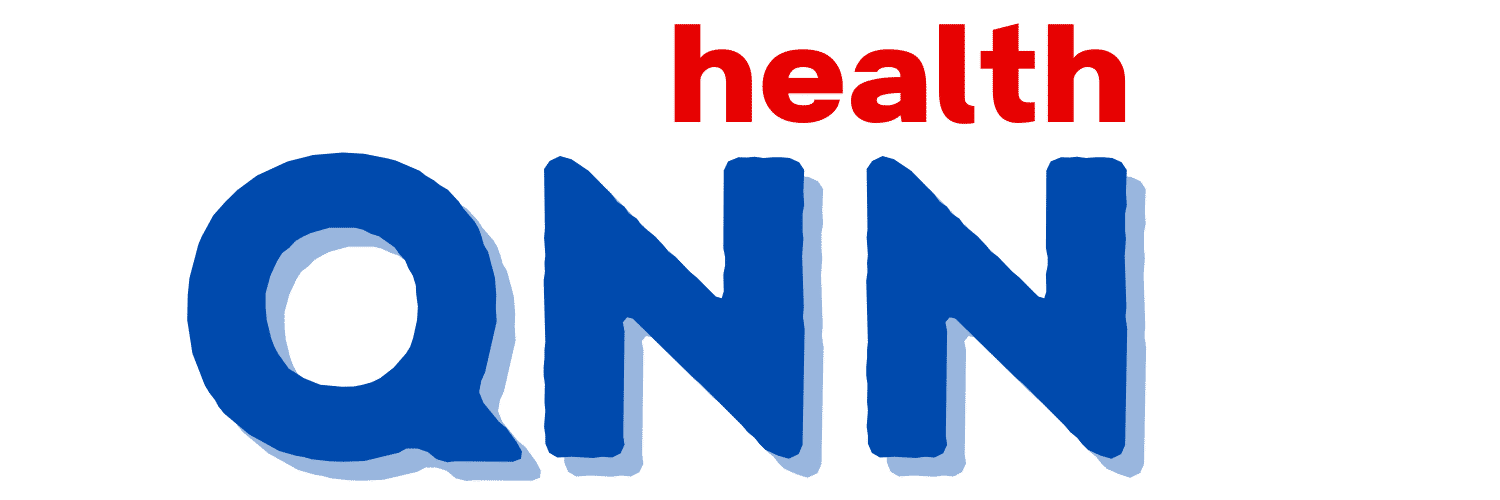Discover the Secret Behind hypertension control Today
- 1.1. Discover the Secret Behind Hypertension Control Today
- 2.1. Understanding the Basics: What is Hypertension?
- 3.1. The Silent Killer: Why Hypertension Matters
- 4.1. Unveiling the Risk Factors: What Contributes to High Blood Pressure?
- 5.1. Age:
- 6.1. Family History:
- 7.1. Race:
- 8.1. Diet:
- 9.1. Physical Inactivity:
- 10.1. Obesity:
- 11.1. Smoking:
- 12.1. Excessive Alcohol Consumption:
- 13.1. Stress:
- 14.1. The Pillars of Hypertension Control: A Multifaceted Approach
- 15.1. 1. Lifestyle Modifications: Your First Line of Defense
- 16.1. Dietary Changes:
- 17.1. Regular Physical Activity:
- 18.1. Weight Management:
- 19.1. Limit Alcohol Consumption:
- 20.1. Quit Smoking:
- 21.1. Stress Management:
- 22.1. 2. Medication: When Lifestyle Changes Aren't Enough
- 23.1. Diuretics:
- 24.1. ACE Inhibitors:
- 25.1. ARBs (Angiotensin II Receptor Blockers):
- 26.1. Beta-Blockers:
- 27.1. Calcium Channel Blockers:
- 28.1. 3. Regular Monitoring: Keeping Track of Your Progress
- 29.1. 4. Understanding Complications and Seeking Prompt Medical Attention
- 30.1. Heart Disease:
- 31.1. Stroke:
- 32.1. Kidney Disease:
- 33.1. Vision Problems:
- 34.1. The Power of Prevention: Starting Early
- 35.1. Adopt a Healthy Lifestyle:
- 36.1. Regular Check-ups:
- 37.1. Know Your Numbers:
- 38.1. Limit Sodium Intake:
- 39.1. Read Food Labels:
- 40.1. The Role of Your Healthcare Team: Working Together for Success
- 41.1. Conclusion: Taking Control of Your Health
Table of Contents
Discover the Secret Behind Hypertension Control Today
Hypertension, more commonly known as high blood pressure, is a silent but serious threat to your health. It's a condition where the force of your blood against your artery walls is consistently too high. This can lead to a cascade of health problems, including heart disease, stroke, kidney failure, and vision loss. But the good news is, hypertension is often manageable, and you can take proactive steps to control it and protect your well-being. Let's delve into the secrets of hypertension control, breaking down the complexities into easily digestible information.
Understanding the Basics: What is Hypertension?
Before we explore the control strategies, it's crucial to understand what hypertension actually is. Blood pressure is measured in millimeters of mercury (mmHg) and is expressed as two numbers: systolic and diastolic. Systolic pressure is the pressure when your heart beats, and diastolic pressure is the pressure when your heart rests between beats. A normal blood pressure reading is typically below 120/80 mmHg. Hypertension is generally diagnosed when your blood pressure consistently reads 130/80 mmHg or higher. There are different stages of hypertension, ranging from elevated blood pressure to stage 2 hypertension, each requiring a tailored approach to management. The American Heart Association (AHA) and the American College of Cardiology (ACC) have established guidelines to help healthcare professionals diagnose and manage hypertension effectively.
The Silent Killer: Why Hypertension Matters
Hypertension is often called the silent killer because it frequently has no noticeable symptoms in its early stages. This means you could have high blood pressure for years without realizing it, and during this time, it's silently damaging your blood vessels and vital organs. Over time, the constant strain on your arteries can weaken them, making them more susceptible to damage and blockage. This can lead to a range of serious health complications. For instance, in the heart, hypertension can lead to coronary artery disease, heart failure, and arrhythmias. In the brain, it increases the risk of stroke and cognitive decline. It can also damage the kidneys, leading to chronic kidney disease, and affect your vision, potentially causing blindness. Therefore, regular blood pressure checks are essential, especially if you have risk factors such as a family history of hypertension, obesity, or a sedentary lifestyle.
Unveiling the Risk Factors: What Contributes to High Blood Pressure?
Several factors can increase your risk of developing hypertension. Some of these are beyond your control, while others are lifestyle-related and can be modified. Let's examine some of the key risk factors:
Non-Modifiable Risk Factors:
- Age: The risk of hypertension increases as you get older.
- Family History: If your parents or siblings have hypertension, you're more likely to develop it.
- Race: African Americans are at a higher risk of developing hypertension compared to other racial groups.
Modifiable Risk Factors:
- Diet: A diet high in sodium, saturated fats, and cholesterol can contribute to high blood pressure.
- Physical Inactivity: A sedentary lifestyle increases your risk.
- Obesity: Being overweight or obese puts extra strain on your heart and blood vessels.
- Smoking: Smoking damages blood vessels and increases blood pressure.
- Excessive Alcohol Consumption: Drinking too much alcohol can raise your blood pressure.
- Stress: Chronic stress can contribute to elevated blood pressure.
The Pillars of Hypertension Control: A Multifaceted Approach
Controlling hypertension involves a multifaceted approach that often combines lifestyle modifications and, in some cases, medication. The goal is to lower your blood pressure to a healthy range and reduce your risk of complications. Here are the key pillars of hypertension control:
1. Lifestyle Modifications: Your First Line of Defense
Lifestyle changes are often the first line of defense in managing hypertension. They can be incredibly effective in lowering blood pressure and improving overall health. Even if you need medication, lifestyle modifications can enhance its effectiveness and reduce the required dosage. Here are some essential lifestyle changes:
- Dietary Changes: The Dietary Approaches to Stop Hypertension (DASH) diet is specifically designed to lower blood pressure. It emphasizes fruits, vegetables, whole grains, lean protein, and low-fat dairy products. It also limits sodium, saturated fats, and added sugars. Reducing sodium intake is particularly crucial, as excessive sodium can significantly raise blood pressure. Aim to consume no more than 2,300 milligrams of sodium per day, and ideally, less than 1,500 milligrams.
- Regular Physical Activity: Aim for at least 150 minutes of moderate-intensity aerobic exercise or 75 minutes of vigorous-intensity exercise per week. This could include brisk walking, jogging, swimming, or cycling. Regular physical activity helps lower blood pressure, improve cardiovascular health, and manage weight.
- Weight Management: If you're overweight or obese, losing even a small amount of weight can significantly lower your blood pressure. Aim for a healthy body mass index (BMI) and work with your doctor to develop a weight loss plan that's right for you.
- Limit Alcohol Consumption: If you drink alcohol, do so in moderation. For men, this means no more than two drinks per day, and for women, no more than one drink per day.
- Quit Smoking: Smoking damages blood vessels and increases blood pressure. Quitting smoking is one of the best things you can do for your health.
- Stress Management: Find healthy ways to manage stress, such as yoga, meditation, deep breathing exercises, or spending time in nature. Chronic stress can contribute to high blood pressure, so finding effective coping mechanisms is essential.
2. Medication: When Lifestyle Changes Aren't Enough
In many cases, lifestyle modifications alone aren't enough to control hypertension, and medication is necessary. Your doctor will determine the best medication for you based on your blood pressure readings, overall health, and any other medical conditions you may have. There are several classes of medications used to treat hypertension, each working in a different way to lower blood pressure:
- Diuretics: These medications help your kidneys remove excess sodium and water from your body, reducing blood volume and lowering blood pressure.
- ACE Inhibitors: These medications block the production of a hormone that narrows blood vessels, allowing them to relax and widen.
- ARBs (Angiotensin II Receptor Blockers): These medications block the action of a hormone that narrows blood vessels, similar to ACE inhibitors.
- Beta-Blockers: These medications slow down your heart rate and reduce the force with which your heart pumps, lowering blood pressure.
- Calcium Channel Blockers: These medications relax blood vessels, making it easier for blood to flow through them.
It's crucial to take your medication as prescribed by your doctor and to attend regular follow-up appointments to monitor your blood pressure and adjust your medication if needed. Never stop taking your medication without consulting your doctor.
3. Regular Monitoring: Keeping Track of Your Progress
Regular blood pressure monitoring is essential for managing hypertension. This allows you to track your progress, identify any changes in your blood pressure, and make necessary adjustments to your treatment plan. You can monitor your blood pressure at home using a home blood pressure monitor, which is readily available and easy to use. Your doctor will also monitor your blood pressure during your regular check-ups. Keep a record of your blood pressure readings and share them with your doctor at your appointments. This will help your doctor assess the effectiveness of your treatment and make any necessary adjustments.
4. Understanding Complications and Seeking Prompt Medical Attention
While controlling hypertension is crucial, it's also important to be aware of potential complications and seek prompt medical attention if you experience any concerning symptoms. Some of the potential complications of uncontrolled hypertension include:
- Heart Disease: Chest pain (angina), shortness of breath, heart attack, and heart failure.
- Stroke: Sudden weakness or numbness in the face, arm, or leg; difficulty speaking; vision changes; and severe headache.
- Kidney Disease: Swelling in the legs and ankles, fatigue, and changes in urination.
- Vision Problems: Blurred vision, vision loss.
If you experience any of these symptoms, seek immediate medical attention. Early detection and treatment of complications can significantly improve your outcomes.
The Power of Prevention: Starting Early
Prevention is always better than cure, and this is especially true for hypertension. Even if you don't have high blood pressure yet, you can take steps to reduce your risk. Here are some preventive measures you can take:
- Adopt a Healthy Lifestyle: Follow the lifestyle recommendations outlined above, including a healthy diet, regular physical activity, weight management, and stress management.
- Regular Check-ups: Get your blood pressure checked regularly, especially if you have risk factors for hypertension.
- Know Your Numbers: Be aware of your blood pressure readings and what they mean.
- Limit Sodium Intake: Reduce your intake of processed foods, which are often high in sodium.
- Read Food Labels: Pay attention to the sodium content of the foods you eat.
The Role of Your Healthcare Team: Working Together for Success
Managing hypertension effectively requires a collaborative effort between you and your healthcare team. This team may include your primary care physician, a cardiologist, a registered dietitian, and other healthcare professionals. Your doctor will provide guidance on lifestyle modifications, prescribe medication if needed, and monitor your progress. A registered dietitian can help you develop a healthy eating plan that's tailored to your needs. It's essential to communicate openly with your healthcare team, ask questions, and share any concerns you may have. By working together, you can achieve optimal blood pressure control and improve your overall health.
Conclusion: Taking Control of Your Health
Hypertension is a serious condition, but it's also a manageable one. By understanding the basics, identifying your risk factors, adopting a healthy lifestyle, and working closely with your healthcare team, you can take control of your blood pressure and protect your health. Remember, it's never too late to start. Every step you take towards a healthier lifestyle is a step towards a healthier you. Embrace the secrets of hypertension control today and embark on a journey towards a longer, healthier, and more fulfilling life. Your heart will thank you for it.
Disclaimer: This article is for informational purposes only and does not constitute medical advice. Always consult with your doctor or other qualified healthcare provider if you have questions about a medical condition or treatment.
```

✦ Tanya AI